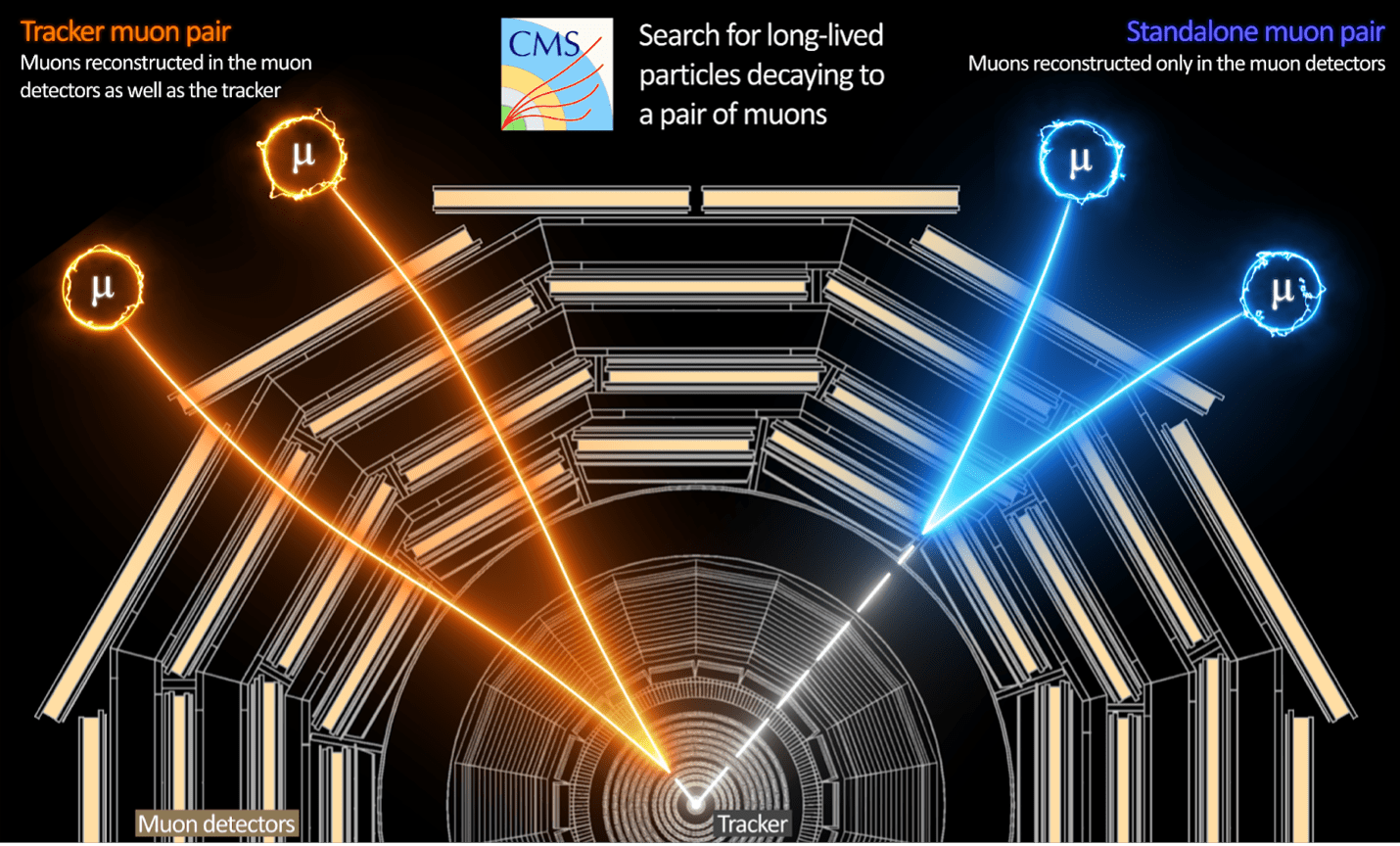In the search for dark matter particles, there are two main approaches. The first is to look for particles that happen to decay naturally as they pass by. This typically involves neutrino observatories such as IceCube where a dark matter particle particle colliding with a nuclei might trigger a faint burst of light. So far this has turned up nothing. The second approach is to slam particles together in a particle accelerator. This approach has also failed to find dark matter particles, but there have been enough interesting hints that CERN is having a go. Their latest run is looking for what are known as dark photons.
Dark photons are part of some generalizations to the standard model of particle physics. The idea is that if dark matter exists, it must be some entirely new form of matter from the quarks and leptons that make up the protons, neutrons, and electrons of regular matter. And if dark matter can interact with itself, then it should have a force carrier boson, just as photons allow charges to interact and the strong force has gluons to hold nuclei together. The hypothetical carriers for the dark matter force are called dark photons.
In the standard model, the electromagnetic and weak forces are connected, so photons are connected to radioactive decay. In the generalized model dark photons have a similar connection, so they should affect the decay of certain particles such as muons. Dark photons should also have an effect on the magnetic moment of the muon, and earlier this year a study suggested exactly such an effect.

This latest run of the Large Hadron Collider is the third run of the Compact Muon Solenoid (CMS) experiment. It began in July 2022, it is looking for an effect known as displaced muons. This is where muons are seen coming from the general region of a high-energy particle collision, but not from the point of collision itself. This would be due to the fact that the initial collision generated dark photons undetectable by CMS, which then decayed into detectable muons.
The initial data of this run found no such events, meaning there was no evidence for dark photons thus far. Further observations may find something, but if they don’t the results will place further constraints on the existence of dark photons. This continues to be the pattern with dark matter. Indirect evidence for it is good, but direct evidence continues to be lacking. For now, all we can do is to keep trying studies such as this one in the hopes that we’ll find more clues to solve this mystery.
Reference: Tumasyan, Armen, et al. “Search for long-lived particles decaying to a pair of muons in proton-proton collisions at sqrt[s] = 13 TeV.” Journal of High Energy Physics 2023.5 (2023): 1-58.

